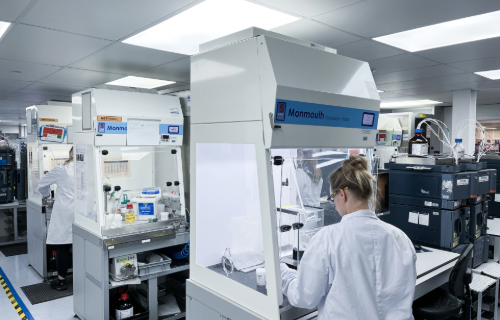Molecular defects could threaten the performance of next-generation ‘green’ polymers, according to new research from the University of Birmingham.
The study focuses on aldol condensation — a sustainable method used to construct conjugated polymers for applications including optoelectronics, biosensors, and power generation. While the technique is valued for its cost efficiency and industrial scalability, researchers uncovered previously undetected flaws in the resulting materials.
Writing in Nature Communications, the team revealed that these polymers may contain two key types of defects that impact their performance in thermoelectric and electronic devices.
Lead researcher Professor Giovanni Costantini described them as “missteps in a molecular dance,” disrupting electron flow and reducing conductivity. These defects, invisible to conventional analysis, were identified using advanced imaging that combined scanning tunnelling microscopy (STM) with electrospray deposition (ESD).
This enabled the team to observe exactly how polymer building blocks joined together. They identified:
- Coupling defects – caused by building blocks connecting in the wrong orientation or position, creating molecular kinks
- Sequence defects – resulting from building blocks being arranged in the wrong order
Both reduce the material’s effectiveness in converting heat to electricity or conducting charge — key functions in many sustainable technologies.
By refining the chemical design and purifying building blocks before polymerisation, researchers found they could significantly reduce the occurrence of these flaws.
“This is a major step forward in understanding how to make better-performing, more sustainable materials for electronics,” said Costantini. “It shows that even green chemistry needs careful control to deliver the best results.”
The project was supported by the Leverhulme Trust, the Royal Society, and the European Research Council.
Read the full story here.











